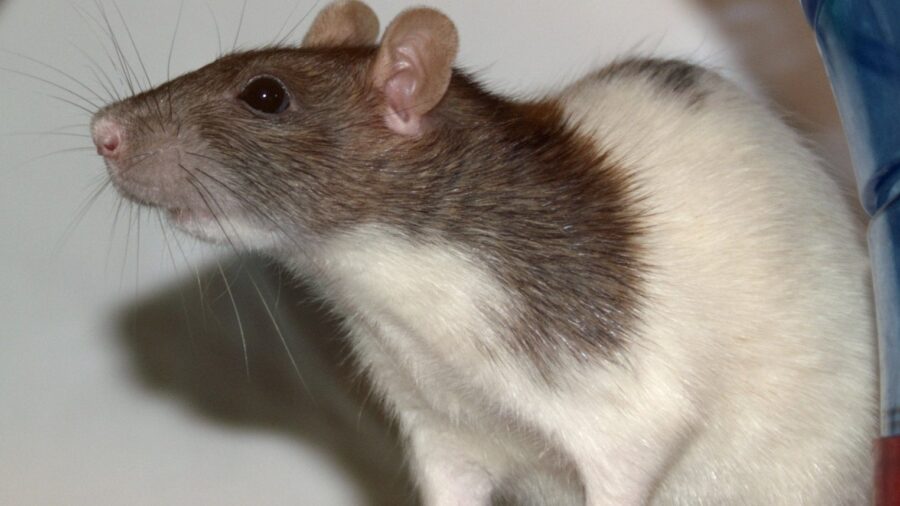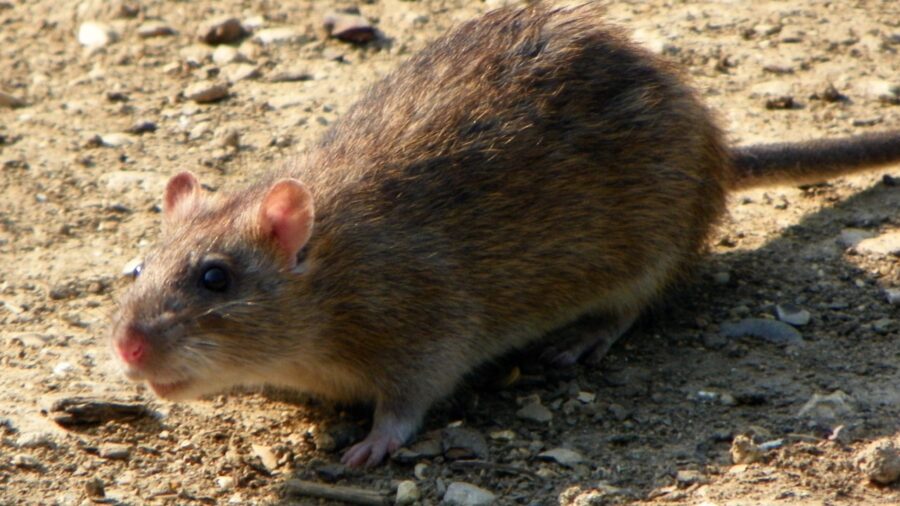Rat Tickling Is Something That’s Actually Happening In Science

Scientists have all the fun. As reported by ScienceAlert, a team of researchers has published its findings after measuring the effects of rat tickling. You read that right. The scientists tickle rats and measure neurological activity in the brain in order to better understand the mechanisms related to play.
Rat tickling, besides being adorable, is a form of play, which helps rats to develop and socialize.
As it turns out, rat tickling actually offers valuable insight. The German researchers set out to investigate the play of young rats and found that when rats were tickled or engaged in other forms of play, either with a human hand or with each other, their periaqueductal gray matter lit up.
Peri-what-now?
Periaqueductal gray matter, or PAG, is part of the midbrain region. Evolutionarily speaking, the PAG is very old; humans share this development with other mammals, reptiles, fish, and even insects.
The PAG serves a function in responding to threats and pain, as well as in vocalization. Rat tickling has implied that this brain region is also critical for experiencing play, which is a social phenomenon that is beginning to be understood as a far more widely shared experience than once thought.
When rats are tickled, they squeak at a high frequency. The German research team artificially inhibited the lateral column function of the PAG when engaging in rat tickling. Doing so caused the rats to squeak far less.
Michael Brecht, a neuroscientist from Berlin’s Humboldt-University, explained that vocalizations are understood to be an important part of play. He used the example of human children, who use laughing as a signal for whether or not an activity is fun. For rats, the “laughter” is the high-pitched squeaking, and high ticklishness seems to indicate more playfulness.
The high-pitched squeaks that rats make when being tickled is similar to human laughter, and scientists have found a connection between our own brains and PAG in rats.
A rat’s capacity for play also decreases when it is placed in a stressful situation, indicating that the fight or flight response consumes the capacity for engaging in play. This further suggests that the PAG is a critical component in the function of play.

However, the research team knows that their rat tickling only scratches the surface of the myriad systems at work in the brain that make play possible. The next step for the team is to run similar experiments with other animals in order to determine whether or not PAG inhibition yields similar effects.
If it does, the team may really have something. Scientists used to believe that play was a rare phenomenon that few species participated in. Research such as the rat tickling study is beginning to suggest that certain mammals, birds, reptiles, and insects can also play.
Play was often thought to be a function of intelligent species, from birds to dogs, yet the rat tickling experiments are causing researchers to think that more animals engage in play then we previously thought.
Such a discovery offers a new perspective on the other members of the animal kingdom and the social orders that structure them. We human beings may not be as different from our animal counterparts as we like to think.
Believe it or not, rat tickling is now a legitimate scientific effort. The research team has a long way to go before any concrete conclusions can be made about the nature of play, but the evidence regarding the role of the PAG is a strong start. As they move on to tickle other animals, these scientists will continue to garner envy from animal lovers as they put forth scientific evidence for why we should love them even more.












